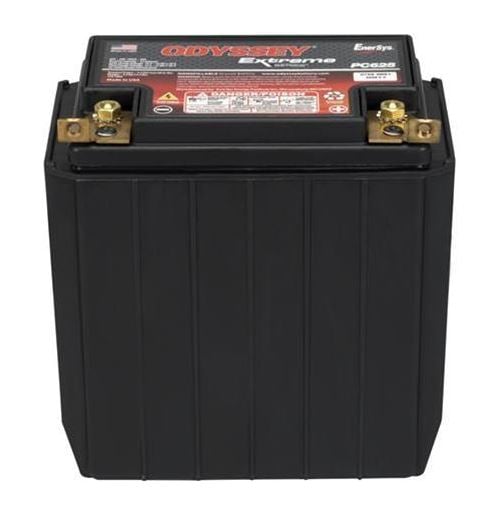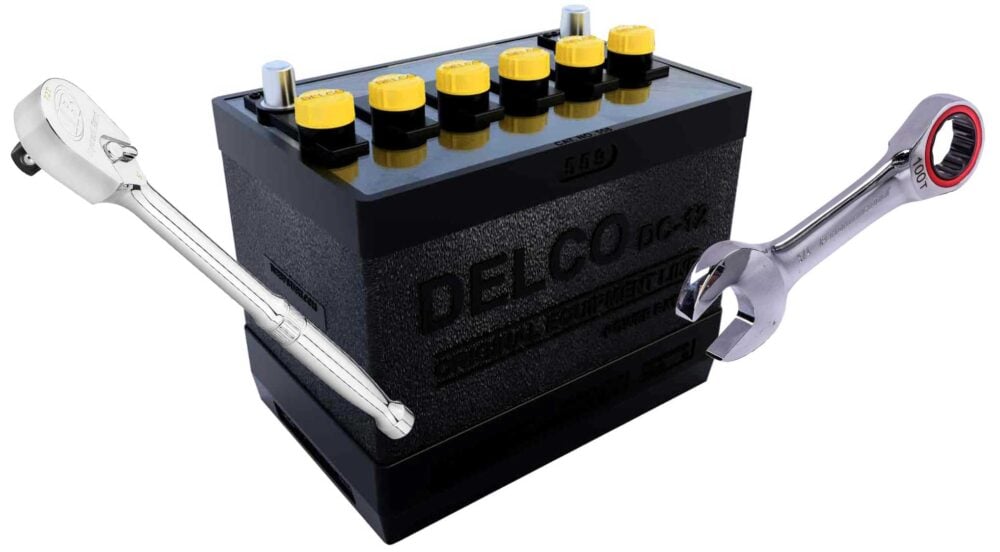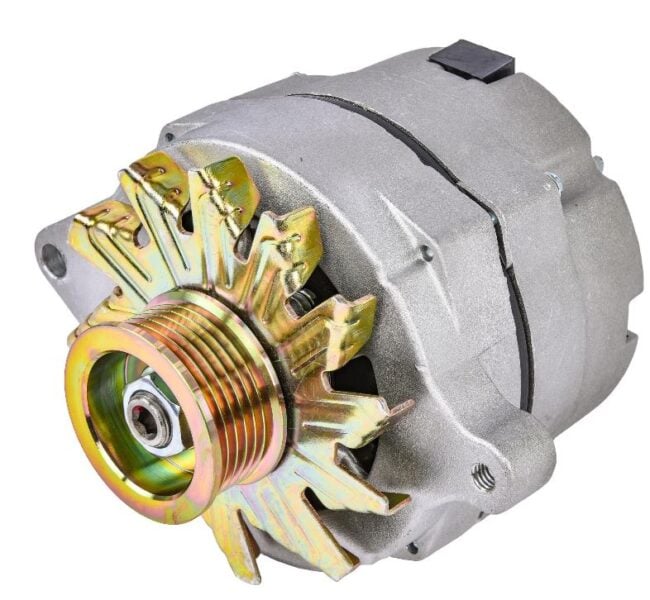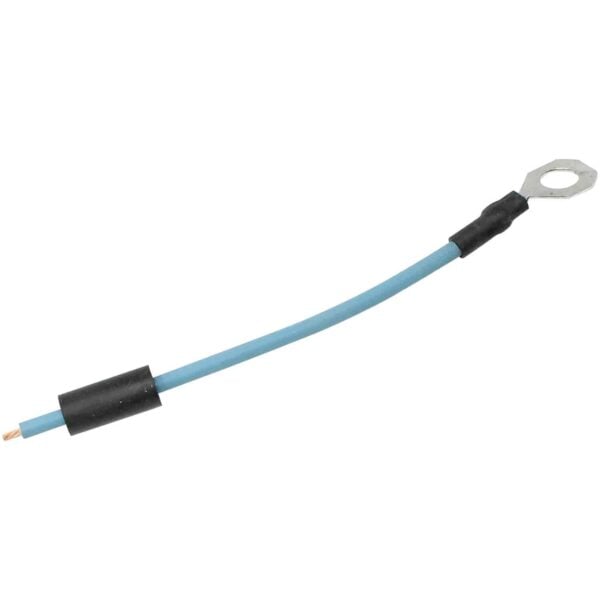
A car battery is a primary power source for electrical energy for your vehicle, without which the engine and the onboard electrical systems could not function. Generally, car batteries last between three to five years, at which point they need to be replaced and disposed of. However, being considered hazardous materials with toxic metals and chemicals, they require special handling and need to be processed separately from other waste.
In this article, you will find everything you need to know about the process of replacing your vehicle’s car battery, as well as what to do with old car batteries and how to dispose of them in an environmentally responsible manner.
Why It Is Extremely Important to Properly Dispose of Car Batteries
Car batteries work on the principle of converting chemical energy to electrical energy, which means they are quite complex and composed of many different materials. The main components of a battery are the battery acid, terminals, case, plates, and separator.
The acid is typically sulfuric acid, and it is responsible for triggering a chemical reaction that produces the desired electric power. The terminals are the positive and negative connection points used to link the battery with the electrical components and are most often made of lead. The battery case is responsible for protecting the contents of the battery and is made of plastic. The battery plates are other important components that contain lead. Lastly, the battery separator is made of plastic polymers.
As you can see, there are various materials inside a car battery that are often toxic. This makes car battery recycling extremely important. The hazardous materials don‘t only pose a danger to humans and animals but also to the environment. A car battery that‘s simply thrown away in a landfill can break and leak contaminants that pollute soil and water and emit harmful gases that are carcinogenic and contribute to air pollution.
How to Safely Remove a Car Battery from Any Vehicle
Removing the battery is a simple process that includes only a few steps and a minimum of tools. Moreover, knowing how to do it can be very helpful to those of us that like to work on our cars, as many procedures, such as anything related to the electrical components of a car, may require the battery to be disconnected for safety reasons.
During the entire process of replacing the battery, be sure that your wrench does not touch both terminals at once, and keep in mind that the old battery may be damaged and leaking. For this reason, handle the old battery carefully and wear protective gloves for your hands and safety glasses to prevent acid from reaching your eyes to avoid irritation.
First, you need to locate the battery in your vehicle. In most cars, it will be under the hood but in certain cases, it may also be installed in the trunk or even under one of the rear seats. Once you have located the battery itself you need to identify the positive and negative terminal – the positive is red, and the negative is black. The negative terminal is the one that needs to be removed first. To do so, use a wrench to loosen the bolt or nut that secures the cable to the negative battery post. Next, disconnect the positive terminal using the same procedure. Some batteries may have plastic covers on the terminal, which need to be removed first.
After you have disconnected both terminals, you need to remove the hold-down or bracket that holds the battery in place. Most cars will have it attached in place using two bolts, so simply remove those using a correct-sized wrench. After the battery hold-down is removed, the battery can be freely taken out.
How to Safely Install a New Battery
To install a new battery in your car, you will simply work in reverse process to when you were removing the old battery. However, a good thing to do before then is to clean the connector clamps on both the positive and negative terminal from any dirt or corrosion. Special tools exist for this, but they aren‘t necessary. The terminals can be cleaned with a regular wire brush. You may also get a terminal cleaner spray, which helps loosen the deposits and residue on the clamps. It also applies a protective layer to the surface. Also, you can clean out the tray that holds the battery in place. There will likely be leaves and dirt, which can over time lead to corrosion of the metal underneath.
After cleaning the terminals, place the new battery in the designated place and pay attention to its orientation – the positive terminal needs to be on the same side as the positive post on the battery. Once in place, secure it with the hold-down clamp. At this point attach the positive terminal and then the negative one. Now you‘ve successfully completed the installation and the only thing left to take care of is the car battery recycling.
Where to Take Your Old Battery for Proper Disposal
Many beginner car DIYers ask the question of what to do with old car batteries. Most often, they are just kept in garages for years without being disposed of. Down the road, this can result in more problems, as the battery casing starts to degrade, and toxic materials leak out of the battery. It‘s recommended to dispose of and recycle batteries right after their replacement.
To find out where to take your old battery for disposal, contact your local car repair shop, car parts store, or local waste collection authority. Alternatively, simply google “battery recycling near me”, and use the services of one of the nearby specialized recycling centers. Some recycling businesses may even offer to collect old batteries at your home and are often capable of disposing of old motor oil and other vehicle fluids as well.
When transporting the old battery to a recycling site or a car repair shop, don‘t place it on its side. As already mentioned, the battery contains acid, which may leak from vent caps that are present on some types of batteries. Only ever store or transport a car battery upright.





